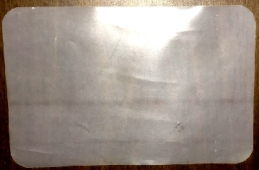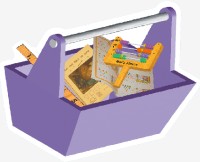The Best Home Adhesives
Always roughen and clean all surfaces before bonding. Then work some glue into the surfaces. If using your fingers, wear finger cots.
- Sho Goo or E6000: E6000 is reported to be stronger, but both are very strong (and hard to cut with a knife). The only drawback is the fumes from the solvent, so do your repairs outside and use a rubber glove or finger cot. I have never had a repair fail! This is one of the few adhesives that don't require surface roughening. For shoes or slippers, I recommend stuffing them with towels to hold the shape. Work quickly as this glue thickens fast. Let cure 24 hours. This stuff is so tough that it can even repair holes or fill-ins on the floor contact side of shoes and will usually wear less than the original material! More Info online
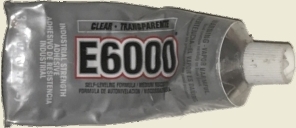
- found. And you can clean up with soap and water! It is also somewhat drip resistant. Be sure to get the original, not quick-setting version. Clean and roughen (with coarse emery or sandpaper) both surfaces before applying (I recommend acetone for degreasing most surfaces). First work a small amount of epoxy into each surface (this pushed out the micro-bubbles that you can't even see but are there and often significantly lower the contact area. This is especially important for plastic surfaces, as most of the "grip" will be from filling undercuts. Handle for about 20 minutes and tend to any sagging over the next 2 hours. Let cure 15 hours. Save a few tiny containers or caps to mix epoxy in. Use a small screwdriver to stir. Caution: it is easy to mix too much. More Info online
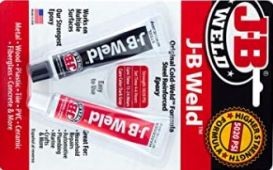
- Permatex Black Silicone Adhesive Sealant #81158: This sealant is much tougher than most Silicones. It skins over in an hour and cures fully in 24 hours. It remains quite flexible. Good for repairing rubber parts (like the shift knob in my car, or weather-stripping). More Info online
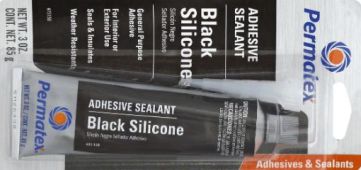
- Permatex Clear RTV Silicone: #80050: Clear and very flexible, but not very strong. But it is great for mending clothes, both as an alternative to sewing and as a way to stop unthreading (use the tiniest drop to lock threads). To repair seams, apply lightly with a flat blade or finger (using a finger cot). Spread the adhesive thin, so it won’t soak through the materials,leaving a "wet" look and a feeling of drag against the skin. Place a non-stick plastic sheet (I use bacon liners) at both bottom and top of the bond, then lay a board of any flat weight on top and let it sit overnight. More Info online
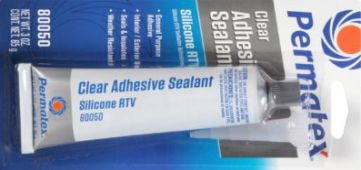
- Best Wood Glue is Titebond III: Very strong, waterproof, FDA approved for indirect food contact and even water wash up (before setting). Bond strength is often stronger than the wood itself. We use it in our Mac's Abacus. Also recommended for making cutting boards. It is locally available at hardware stores. More Info online

- Acetone is very handy: Acetone comes in second, next to water as the best solvent. Use it to remove many glues, paints, tape residue or marker stains and for degreasing materials prior to bonding. It is relatively safe to use and will dissolve many substances, even some plastics so test on plastics before using. Safe plastics include polyethylene, polypropylene ,nylon. Acetone is often found in nail polish remover and paint removes. Acetone is soluble in water, but it is flammable so avoid using it around ignition sources. It is available at hardware stores. It is handy to fill a small squeeze-drip, capped bottle, to use for small jobs. I keep one in my toolbox. Safety facts online
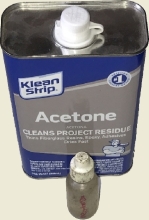
- Use Stiff Smooth Plastic sheets for many flat bonding projects. I prefer bacon liners (shown below). They have a very smooth side and a slightly textured side, so face the smooth side toward the bond. Sho Goo is the only adhesive that is hard to separate from even these liners.
